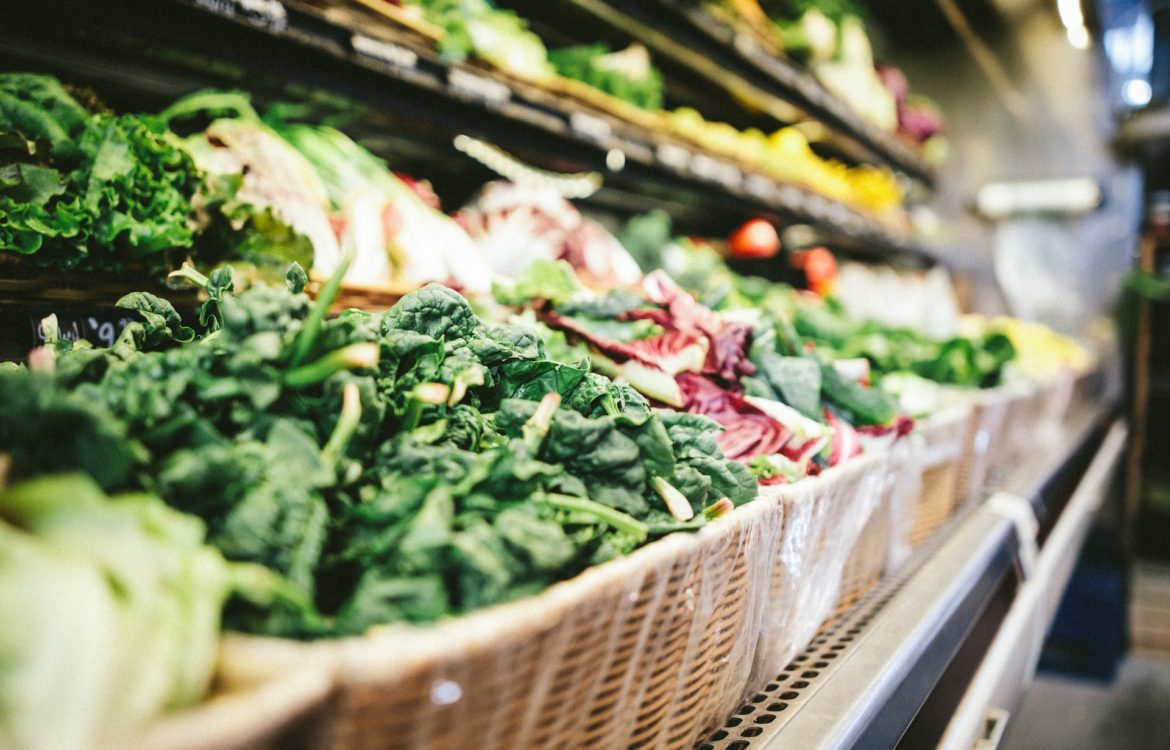
Basic Food Income in Italy: the importance of a critical debate
Written by Maria Vasile and Arianna De Conno
For the full version of this article please refer to Altreconomia (Italian only).
Italian 2023 Budget law introduced the experimentation of a measure called Reddito Alimentare (Basic Food Income). It will be based on food packages made with food surplus and distributed to vulnerable groups. The idea was developed by representatives of political parties and the non-profit sector over the last two years, among other things, through a petition on Change.org subscribed by almost 70.000 people. This experimentation will last two years and will involve mainly metropolitan cities.
According to the Budget Law (art. 1/ 434), low income beneficiaries will request the food parcels through an App and receive these at specific distribution points. In the next weeks, the Ministry of Labour will elaborate more concretely on how the experimentation will be conducted. In particular, information is lacking in relation to the beneficiaries’ selection procedure and the precise role of non-profit organizations – usually in charge of food redistribution and most poverty alleviation initiatives in the Italian context. As a matter of fact, this measure is presented as a way to provide a systematic e structured public support to these organizations.
The success of this proposal is a consequence of the relevance of the problem of poverty in Italy. According to ISTAT (Italian national agency of statistics), in 2021, around 1.9 million households (7.5% of the total, compared to 7.7% in 2020) and about 5.6 million individuals (9.4%, similarly to the previous year) were in a situation of absolute poverty. Data on absolute poverty confirmed the historical peak reached in 2020 (also to be linked to the beginning of the Covid-19 pandemic). In terms of relative poverty, the incidence rose to 11.1% (compared to 10.1% in 2020) and households below this poverty threshold were about 2.9 million.
Food poverty represents a reflection of this scenario and, according to the promoters of the Basic Food Income measure, this should be regarded as even more paradoxical when considering that in 2022 more than 4 tons of food were wasted (Waste Watcher 2023). Through this experimentation, their aim is to address food poverty and food waste at the same time. This approach is not a novelty. The redistribution of unsold products to vulnerable groups has represented for a long time the core of the activity of many non-profit organizations such as food banks. In Italy, food surplus redistribution was encouraged, among other things, through a specific law (known as “Gadda Law”), which entered into force in 2016.
Food redistribution to vulnerable groups is often presented as a “win-win” solution to overcome the so-called “paradox of scarcity in abundance” (Campiglio and Rovati 2009). But this approach entails important issues (as also elaborated in international academic literature such as Riches and Silvasti (2014)), which are rarely discussed in the public debate and must be considered. These include:
- The risk of reproducing inequalities because of the nutritional inadequacy of diets and related health inequalities. In particular, the use of resources available (such as food surplus) is often not an adequate or sufficient solution to the needs of the population, both in terms of quantity and quality (e.g. ActionAid 2021).
- The risk of applying beneficiaries’ selection criteria which are too narrow and exclusive of some population groups (for example via the residency criteria), as it clearly emerged as part of the distribution of food stamps and food packages during the Covid19 pandemic.
- Risk of trade-offs between policy measures which aim at contrasting food waste and food poverty. As a matter of fact, strategies aiming at tackling food waste could reduce the resources needed for this type of food aid system (Galli, Cavicchi and Brunori 2019).
- Short term vision vs long term vision: while contrasting food poverty is an emergency, it is important that policy do not address it only as such. The risk is indeed the one of losing a long-term perspective and not considering the roots of the problem of food poverty. Poverty should in fact be addressed in its multiple dimensions therefore, for example, through the recognition and implementation of the right to food in the Italian legal system (FAO 2009) and the development of integrated food policies at local level (ActionAid 2020).
Overall, it will be important to monitor the development of this experimentation, while considering this measure not in a vacuum but as part of a changing welfare system in Italy. We are observing a further dismantlement of the welfare state and the fragmentation of social interventions. In this context, in-kind vs. in cash measures reflect a precise direction that policy makers are taking more generally that should be problematized (Ferguson 2015). Finally, based on a transformative approach to food systems, it is key to keep in mind that food poverty cannot be addressed if not through integrated policies which look at the many facets of food justice such as fighting the concentration of power along the food chains, intensive production or food price inflation and speculation.

